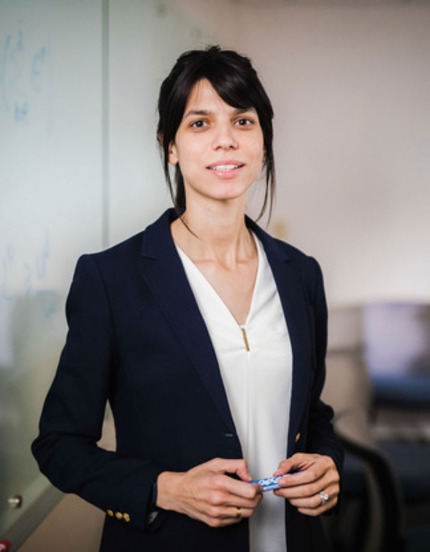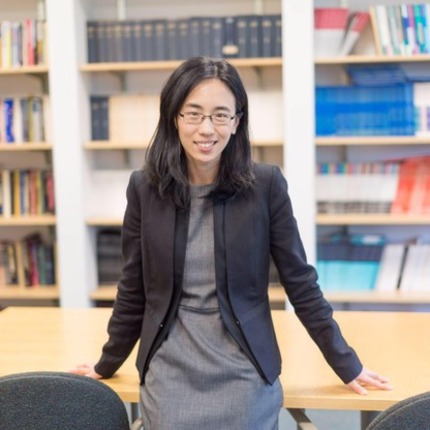Karmel Shehedah

Karmel Shehadeh joined the ISE department in 2020. Her research areas include optimization under uncertainty, mixed-integer programming, scheduling theory and algorithm development. Shehadeh’s primary application of her work is in healthcare operations and analytics. She recently published a book chapter with I-DISC Director and ISE professor Larry Snyder that focused on integrating equity into health care facility location optimization models and algorithms. They looked at how equity is being modeled and recommended ways to incorporate equity measures in the models and ensure equitable distributions of and access to health care facilities. Read more >
Haiyan Jia

Jia’s primary research interest focuses on the psychological and social effects of communication technology, ranging from the Internet and social media to robots and the Internet of Things. Jia also investigates the social and collective aspects of privacy in an increasingly technology-rich world. She teaches data journalism and data visualization, with an emphasis on the role of technology in reshaping the landscape of journalism, transforming readership, and enabling and empowering the new generation of journalists & citizens. Read more >
Paolo Bocchini, Brian Davison & Daniel Conus

Paolo Bocchini (Civil and Environmental Engineering), Brian Davison (Computer Science and Engineering), Daniel Conus (Mathematics) and their colleagues leverage their collaborative experience in probabilistic modeling to sharpen their focus on catastrophe modeling, a discipline not traditionally explored in academia.
A rigorous probabilistic approach to the study of disasters and their consequences, catastrophe modeling, or CatModeling, attempts to estimate potential events and their associated risks, including financial losses.
Roberto Palmieri

Roberto Palmieri, Computer Science and Engineering faculty member wins NSF CAREER award to take RDMA technology to the next level.
Palmieri will develop algorithms to coordinate access to data, especially when those data are large enough to be spread over many machines and there are thousands (or millions!) of simultaneous requests to look up or change data (imagine checking the stock status of an item, or placing an order). His work optimizes use of a recent technology that lets one computer access the memory of a second machine, without the second’s CPU being involved. Read more >
